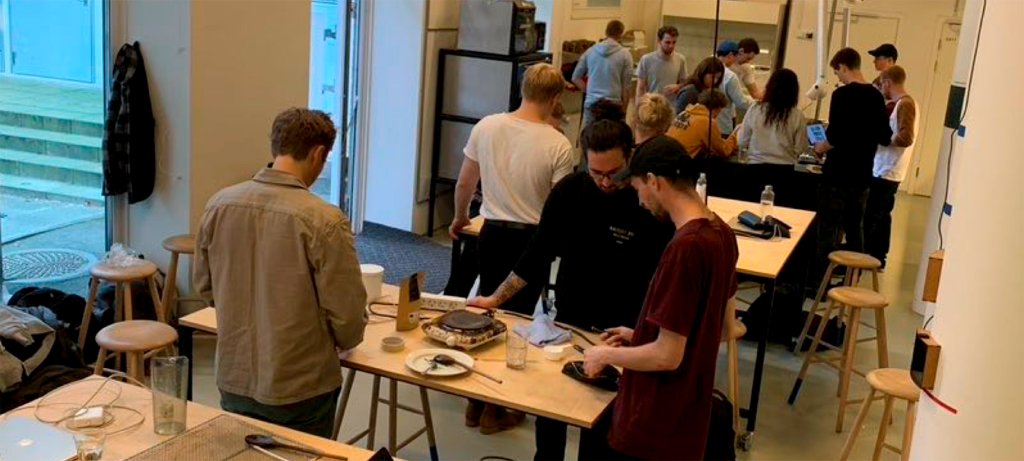The aim of the project is to develop a digital tool that can increase the sustainability of products.
MATBridge

The project will bridge the gap between already established material databases with reliable eco data, on the one hand, and databases/libraries containing newer materials without eco-data, on the other. Because the basis of comparison, on which the user makes decisions, is quantified, and founded on evidence, he or she can perform a better product design. Both product developer and designer can thus make better decisions about the environmentally friendly design, as traditional design processes can usually determine up to 80% of a product's environmental impact throughout its lifetime.
The project is carried out by two senior lecturers and two lecturers at KEA, who separate the calculation basis from software typically used in the industry. The teachers themselves develop the central part of the tool, which makes it possible to integrate more and new data, e.g. data from materials that differ from the known materials already used in the industry.
Student contribution to the project
New data is collected in collaboration with students from TECH, who measure and collect relevant data about new or alternative materials. The work on issues related to the development of the digital tool includes the following subjects:
‘Sustainability in product development’,
‘Innovation for the green economy’,
‘Construction and sustainability’ on the programmes Production Technology and Product Development and Technical Integration.
So far, the project has resulted in the creation of several design tools that contribute to the collection of empirical foundation. Two of the digital design tools focus on the user journey itself and the experience of being able to streamline and execute design decisions via different platforms and User Interfaces.
One of the other design tools aims to validate an analytical method for making a quantified estimate of the environmental impact of alternative materials. The tool collects environmental data from secondary sources as well as data that the students themselves have measured in the laboratory. On this basis, the students estimate the environmental impact of the material in relation to embedded energy and CO2 footprint.
Dialogue with the industry
Through a survey, we mapped out the level of knowledge and skills about eco-driven design that our downstream companies demand. In continuation of this, we wrote a literature review, i.e., a comprehensive summary of previous research regarding the most important competences that a teacher must promote when teaching practical experimental sustainability. Both studies showed that there is a lack of knowledge about how we work. At KEA, we work both experimentally and analytically when trying to minimise the overall environmental impact of materials.
Publication of results:
The main results have not yet been published, but the design tools already form part of the teaching on the Production Technology programme (AP degree) and on the Product Development and Integrative Technology programme (Bachelor degree).
Contacts
- Kristian Colvey (
This email address is being protected from spambots. You need JavaScript enabled to view it. ) - Dina Jacobsen (
This email address is being protected from spambots. You need JavaScript enabled to view it. ) - Christian Lystager (
This email address is being protected from spambots. You need JavaScript enabled to view it. ) - Jon Emil Stenz (
This email address is being protected from spambots. You need JavaScript enabled to view it. )

